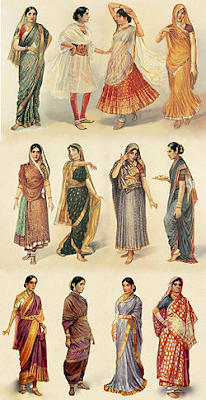History of Clothing Industry.
 |
| History of Clothing Industry. image source from wikipedia. |
History of Clothing Industry.
The clothing industry has a rich and fascinating history that spans centuries, from the earliest civilizations to the present day. It has undergone countless transformations and evolved alongside changing cultural, social, and economic trends.
The origins of the clothing industry can be traced back to ancient civilizations such as Egypt, where textiles were woven from flax and cotton. In China, silk production was a major industry, and the famous Silk Road trade route was established to transport silk to other parts of the world. In Europe, wool was the primary material used for clothing, and the production of fine woolen garments became an important industry during the Middle Ages.
Throughout the Renaissance and into the 17th century, clothing became more elaborate and ornate, as wealthy individuals sought to display their status through the fabrics and designs they wore. In the 18th and 19th centuries, the industrial revolution brought about significant changes in the clothing industry, as new technologies made it possible to mass-produce textiles and garments more quickly and efficiently.
By the 20th century, fashion had become a global industry, with designers and brands emerging from all over the world. The rise of the haute couture industry in Paris in the 1920s marked a new era of fashion, as designers such as Coco Chanel and Christian Dior began to create innovative designs that challenged traditional ideas of style and beauty.
In the decades that followed, fashion continued to evolve, reflecting changing social and cultural trends. The 1960s and 70s saw a rise in youth culture and a rejection of traditional fashion, as the hippie movement embraced natural fabrics and a more relaxed, casual style. The 1980s saw a return to opulence and excess, as power dressing became popular and designers such as Gianni Versace and Jean-Paul Gaultier created bold, flashy designs.
Today, the clothing industry continues to be a major force in the global economy, with fast fashion brands producing low-cost, trend-driven clothing that is quickly consumed and discarded. However, there is also a growing movement towards sustainable and ethical fashion, with designers and brands focusing on creating clothing that is made to last and produced in an environmentally and socially responsible way.
In conclusion, the history of the clothing industry is a complex and ever-evolving story, reflecting the cultural, social, and economic trends of each era. From the earliest civilizations to the present day, clothing has played a vital role in human society, reflecting our values, aspirations, and identity. As we move into the future, it will be fascinating to see how fashion continues to evolve and adapt to the changing world around us.







Comments
Post a Comment